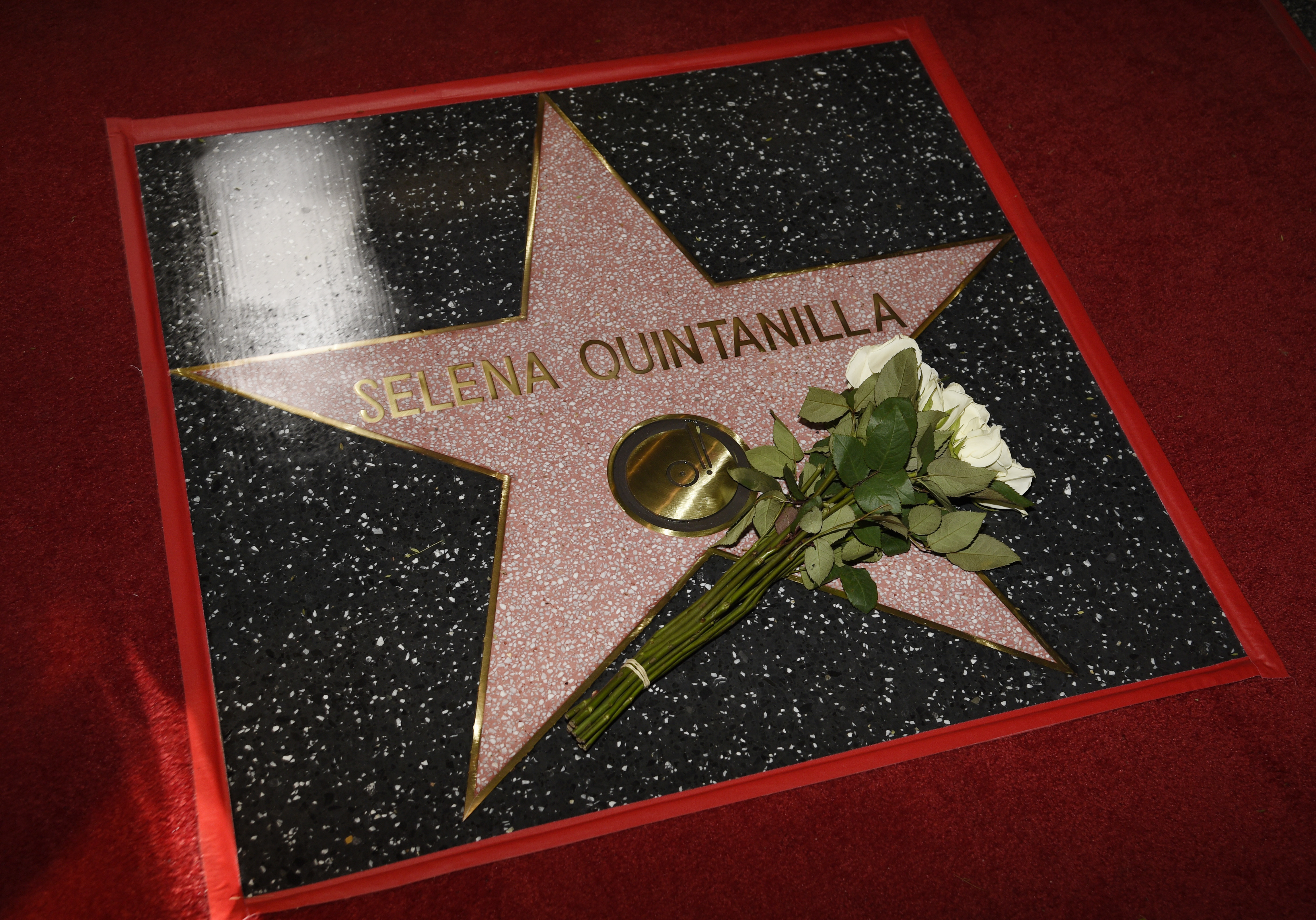Inside the Moonshot Museum, it's part space exhibit, part working lab.
"You're looking at the Peregrine Lander, which took years to develop," said Justine Kasznica, who chairs the Keystone Space Collaborative.
A team from the company Astrobotic is putting the finishing touches on the lander, which is set to launch in May and land on the moon a few weeks later. You might think this is happening in a state with a strong aerospace presence.
"We think space — 'Oh, you've got to go to Florida; Colorado; California; Houston, Texas; et cetera," said Jonathan Volk of Sierra Space. "Those are all great space hubs."
However, this is not any of those places. This is happening in Pittsburgh.
"This region has never really been known as a space region, and the Keystone Space Collaborative was built to change that," said Kasznica.
The Keystone Space Collaborative involves three states: Pennsylvania, Ohio and West Virginia — not your usual space hubs.
Yet, the collaborative's latest effort could be game-changing: a memorandum of understanding signed with Sierra Space as part of the construction of a private space station.

New crew from US, Russia and UAE arrives at space station
SpaceX flight controllers in California scrambled to come up with a software fix, as the capsule remained 65 feet from the station.
"It's called 'The Orbital Reef.' We're partnering with Blue Origin on that and several other teammates," said Volk, the senior manager of in-space manufacturing and advanced materials for Sierra Space. "There's obviously a lot of commercial space stations being built because right now, as I think most people know, the International Space Station is nearing the end of its life — 2030 is probably going to be the end. And we need a transition."
That's where The Orbital Reef comes in.
Sierra Space shared an animation of it, which shows what it will look like. It is a potential improvement over the cramped environment of the current International Space Station.
"Hopefully, ours will be a little neater, but also have the opportunity for much better living quarters for astronauts that are there," Volk said. "But we're also looking to have potentially tourists and the actual scientists who do the research that want to actually take their project and do that research in space."
It's a commercial turn in the concept of a space station, which, until now, had only been in the wheelhouse of major governments.

What will happen when the International Space Station crashes?
The International Space Station is huge and orbits at nearly 5 miles a second. Eventually we'll have no choice but to crash it into Earth.
"We'd like to get to the point where you don't have to be a professionally trained astronaut or a billionaire to get there," Volk said. "We want to make space more accessible."
That includes making it accessible for manufacturing. When done in the weightlessness of space, it could lead to advances and improvements back on Earth, where gravity can sometimes interfere.
"You can make potentially better materials that could be used on Earth — and we're talking things like better pharmaceuticals, better semiconductor materials, better plastics, better composites, better ceramics," Volk said.
That is why the Keystone Space Collaborative considers the work to be so crucial: It is a potential boost to an area where steel manufacturing once ruled.
"We really are making a push to put space on the map for this region as an economic development enabler," Kasznica said. "We believe it's going to drive very well-paying jobs and activate not just the urban clusters, but also the rural communities."
It is something they believe could work just about anywhere.
"You can be anywhere in the country," Volk said. "Really think about, 'Hey, how can we grow the space sector in our region?'"










